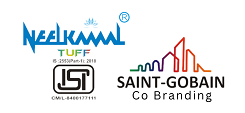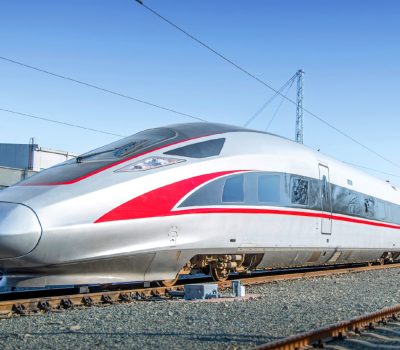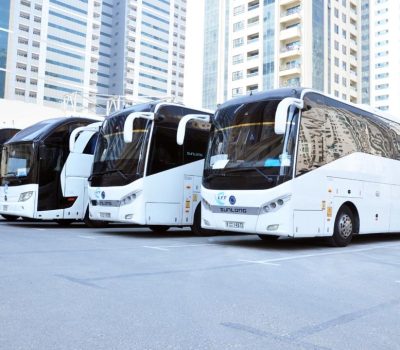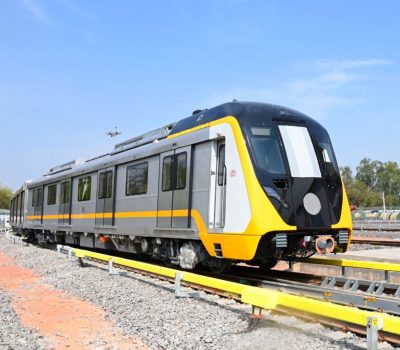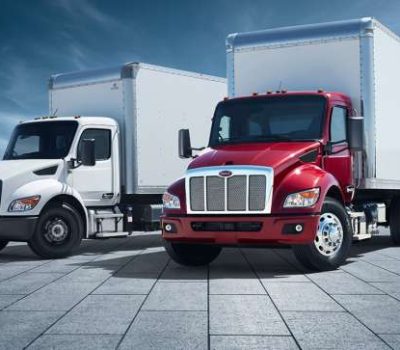In the vast landscape of transportation, the need for quality glass solutions spans across various vehicles, ranging from heavy-duty construction equipment like JCBs to massive vessels like ships, and everything in between. At our establishment, we pride ourselves on being the go-to destination for all types of glass needs, catering to a diverse array of vehicles including airplanes, trains, buses, trucks, and beyond. Here’s a glimpse into our comprehensive range of offerings and why we stand out in the industry.
Types of Automotive Glass: There are several types of automotive glass, including laminated glass, tempered glass, and specialty glass. Laminated glass is commonly used for windshields, as it is designed to shatter into small, round pieces that are less likely to cause injury in the event of an accident. Tempered glass is used for side and rear windows, as it is stronger and more resistant to impact than other types of glass.
Safety Considerations: Automotive glass is an important safety feature of a vehicle, as it helps protect the driver and passengers in the event of an accident. Proper installation and maintenance of automotive glass is critical for ensuring maximum protection.
Meeting the Diverse Needs:
Transportation vehicles come in all shapes and sizes, each with its unique requirements for glass. Whether it’s the rugged demands of heavy machinery like JCBs, the precision and safety standards of airplanes, or the durability needed for maritime applications in ships, we understand the distinct needs of every vehicle type. Our inventory encompasses a wide variety of glass types, including laminated, tempered, and specialty glasses, ensuring that we can cater to the specific demands of each vehicle category.
